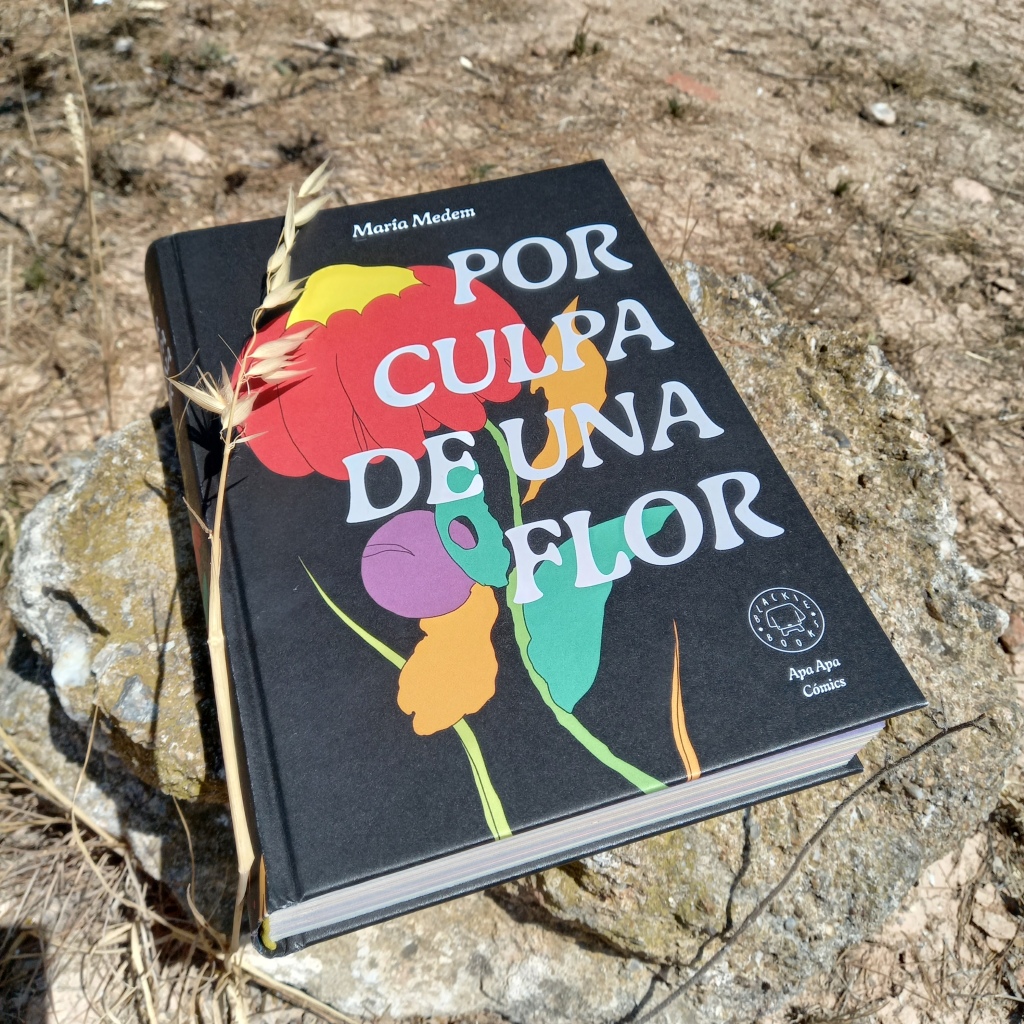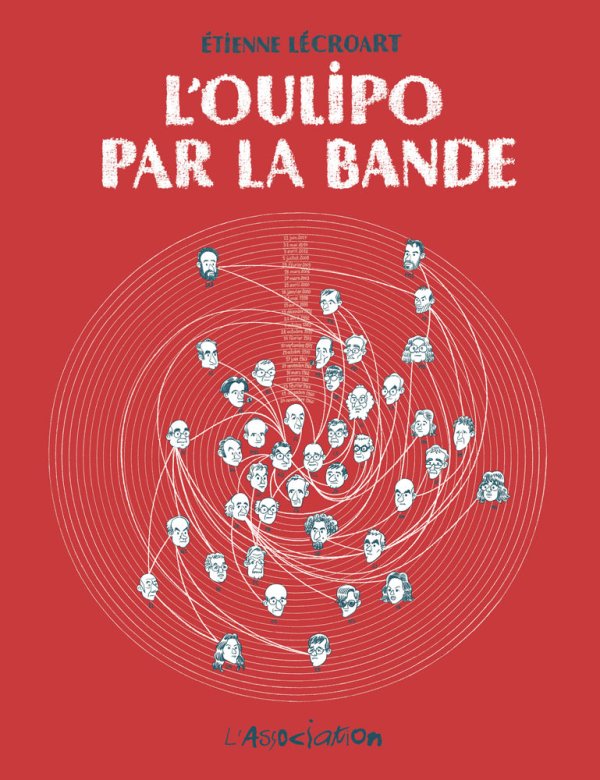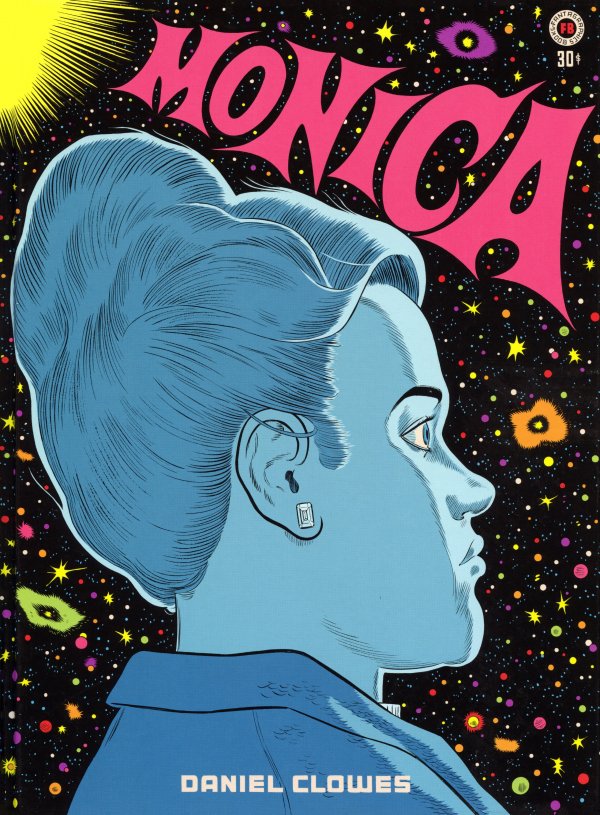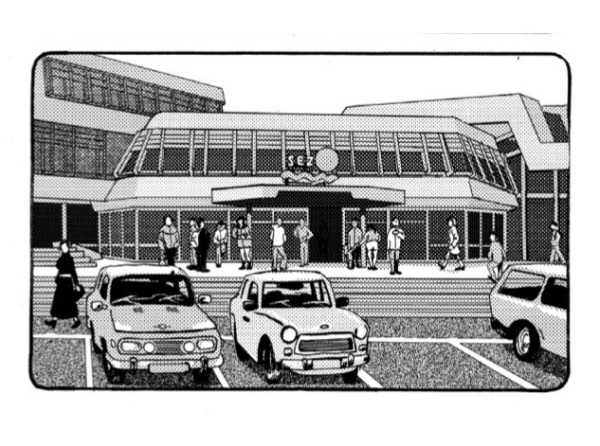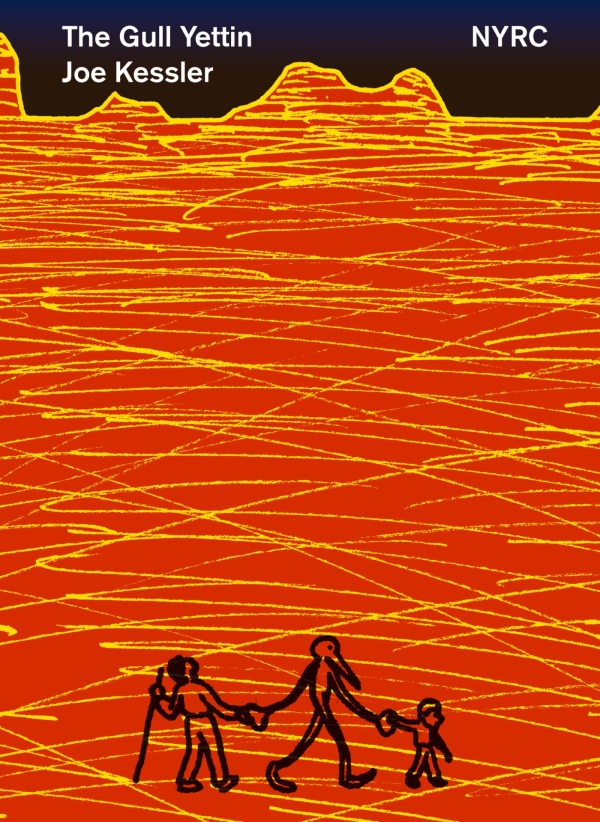As we flip the pages, landscape shifts and the characters try to find firm ground. They may lose it or find it. But we shift with them.
L’Oulipo par la bande. Étienne Lécroart (L’Association)
You may find yourself with this strange book in your hands. And you may ask yourself, Why read this?
In the latest issue of Athenaeum Review, art historian and new novelist James Elkins presents “Four sour and strigent proposals for the novel.” In this short essay, Elkins offers what he himself deems to be “a manifesto of sorts”. Starting with a broad view of the contemporary state of the literary world, not only in English, and perhaps not even just fiction. To a certain extent, and because I read this essay a few days before watching Cord Jefferson’s American Fiction, which presents itself as a satire about how certain political expectations swerve attention towards “relevant” content for whatever themes du jour to the detriment of formal invention, it made me think about contemporary comics. A quick survey of either mainstream superhero comics lore or the output of more independent houses such as Fantagraphics, Drawn & Quarterly, but also European houses show clearly that awards, critical success, commercial breaks and even the very fact of editorial opportunity has greatly improved and diversified in terms of voices, stories and representation. That is, no doubt, wonderful. But there are a number of books that, while I understand their critical success, and the positive thing that it is to put those stories within a broader reach and crosscultural dialogue, quite often they are also uninventive, bland, paint-by-numbers comcis works, as comics.
Les Pistes Invisibles. Xavier Mussat (Albin Michel)
Comics are an art of oscillation, between appearance and disappearance, in which one factor bolsters the other. In some of his influential essays, Jan Baetens has shown us how abstraction does not necessarily entail a non-narrative discourse, and how abstraction and figuration can work together within the same text to weave meaning. I believe Les pistes invisibles to be one of these examples.
Webs of Self, Webs of Meaning. Three Female Fragmentary Portraits in Post-Digital Print Comics
The last issue of Lusophone Journal of Cultural Studies, from the Portuguese Minho University was just published, and it’s dedicated to “Wonder Comics. Redrawing Gender in Ibero-American Graphic Narratives”.
I wrote an article dedicated to three outstanding contemporary Portuguese artists, Ana Margarida Matos, Ana Matilde Sousa and Joana Mosi. Its titled “Webs of Self, Webs of Meaning. Three Female Fragmentary Portraits in Post-Digital Print Comics“, and you can access its original, English version here (look for the “English pdf” button).
It’s a pretty straightforward article, with a few close readings of the authors’ work, under the “counter-strategies” proposed, in the days of old, by film theorist Peter Wollen. I hope it makes sense.
I also hope you enjoy it.
Monica. Daniel Clowes (Fantagraphics)
I believe it was film scholar Warren Buckland who coined the term “puzzle films.” He has edited a couple of books (Hollywood Puzzle Films and Puzzle Films, Complex Storytelling in Contemporary Cinema) in which several films are discussed that fall into that category. Films that are found at a crossroads of narrative-driven storylines, sometimes with some, if not all, the accoutrements of Hollywood productions, sometimes without, but which also participate in more experimental narrative structures. Without, however, dispensing with it narrative altogether. More often that not, these stories force the audience to participate a little more intentionally and intensively in the meaning-construction process, as only that engagement will lead to a possible decipherement or solving of the film’s enigma. I have a little problem in calling that process “active,” because that would imply that you have other more “passive” storytelling modes. I really do not believe that, as we are always active in our cognitive capacities when reading, watching, listening, and so on. Both our perception and memories are always already on. First of all, it’s a matter of degree. I do understand that sometimes we come across texts that are a little more complex, where time is presented as non-linear, multiple paths are presented and sometimes crossed in the same story, without resolving which one is the “right one.” Where fragments are presented and never coalesce into a single, coherent image. Where ambiguity and ambivalence are the crowning feeling. Intricancy is part of its structure.
Boring, uncomfortable and mutated: about the Portuguese publisher Chili Com Carne.
As I fail to muster the strenght (and time) to return to form, and write reviews on the oh so many news books around, here is an opportunity to share previous work. This is an article I wrote for an academic anthology on DIY culture, and I’ve decided to zero in on one of the most vibrant, varied and virulent indie publishers from Portugal, Chili Com Carne.
“Boring, uncomfortable and mutated : Chili Com Carne at the nexus of the contemporary portuguese independent comic press” was written for Paula Guerra and Pedro Quintela’s edited volume Independent DIY Publications and the Underground Urban Cultures (Universidade do Porto. Faculdade de Letras: 2021).
Check it here.
L’Almageste. Frédéric Coché (Frémok)
If one believes in recurrency of human history, or at least its possibile reductiveness to a number of actions, tropes, and in terms of visuality, to Warburg’s engrams, i.e., recurring images that store humankind’s memories, that can be re-used and rekindled as writable traces, then Frédéric Coché’s books are perfect alignments for such thoughts. The author is always on the ready to deploy once again known imagetic and cultural references from the History of Art (with a particular penchant for Medieval icons) in new, fantastical contexts that, at one time, reflect something from our own contemporary times but also speculate upon the long-standing filiation in strange continuities of human endeavors.
The Gull Yettin. Joe Kessler (New York Review Comics)
While The Gull Yettin may seem like a very contemporary graphic novel type of object, it actually harks to a very ancient trope in storytelling. Ardently so.
According to Dante, there are three methods through which one could read and interpret texts. The Italian poet was referring to biblical texts, but these methods became hermeneutical tools applicable to other sort of texts, and I believe comics can be such sorts of texts. Confronted with a book such as Joe Kessler’s latest volume, one cannot be satisfied by “reading its story” or “contemplating its’ images and their very own coordination into a meaningful sequentialization.” If we take to heart what the book flap’s is selling – that this is “pushing comics to new heights” – we have to understand. what heights are these? And, how did we get here?
Hypericon. Manuele Fior (Dargaud/Europe Comics)
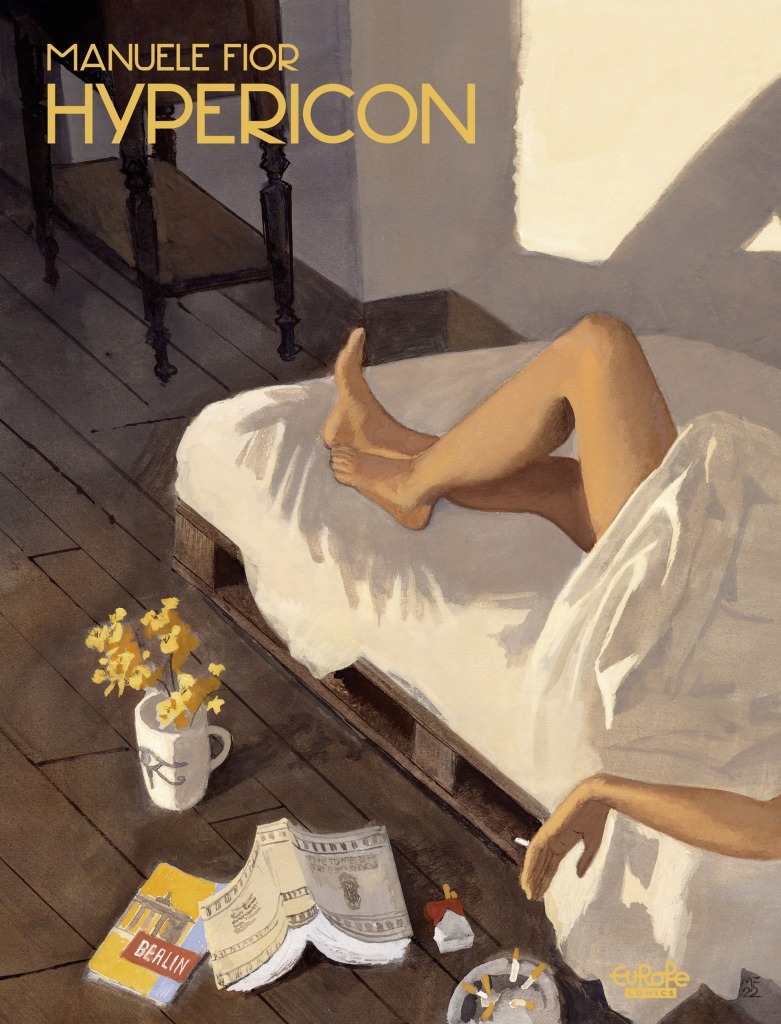
This short novella is set in the late 1990s, in Berlin, a city which has been the European magnetic center of the alternative scene since the late 1970s, at least. We follow Teresa, a young woman who is just engaging in her first steps of adulthood and employment, by getting an internship at a museum, in order to help out in the organization of a major exhibition on Tutankhamun. As always, Fior likes to weave a number of developing storylines, so on the one hand, Teresa is reading Howard Carter’s published journals, which allows us to follow, as the scenes are presented at a hypodiegetic level, that other older journey of archeological findings and cultural shock at the Valley of the Kings in 1922, as the researcher unearthed the great Pharaoh’s tomb and hidden treasures, the very basis for Teresa’s contemporary exhibition. On the other hand, an almost random meeting with another Italian living in Berlin, Ruben, will throw Teresa into a maelstrom of passion, crisis and a non-bourgeois lifestyle that clashes with her more professional, normative and linear aspirations.
Por culpa de una flor. María Medem (Blackie Books/Apa Apa Cómics)
Por culpa de una flor is an oblique narrative about restoration. Restoration of the possible, truly balanced allyship between humans and the natural world, between humans themselves, but above all else, restoration of self.
